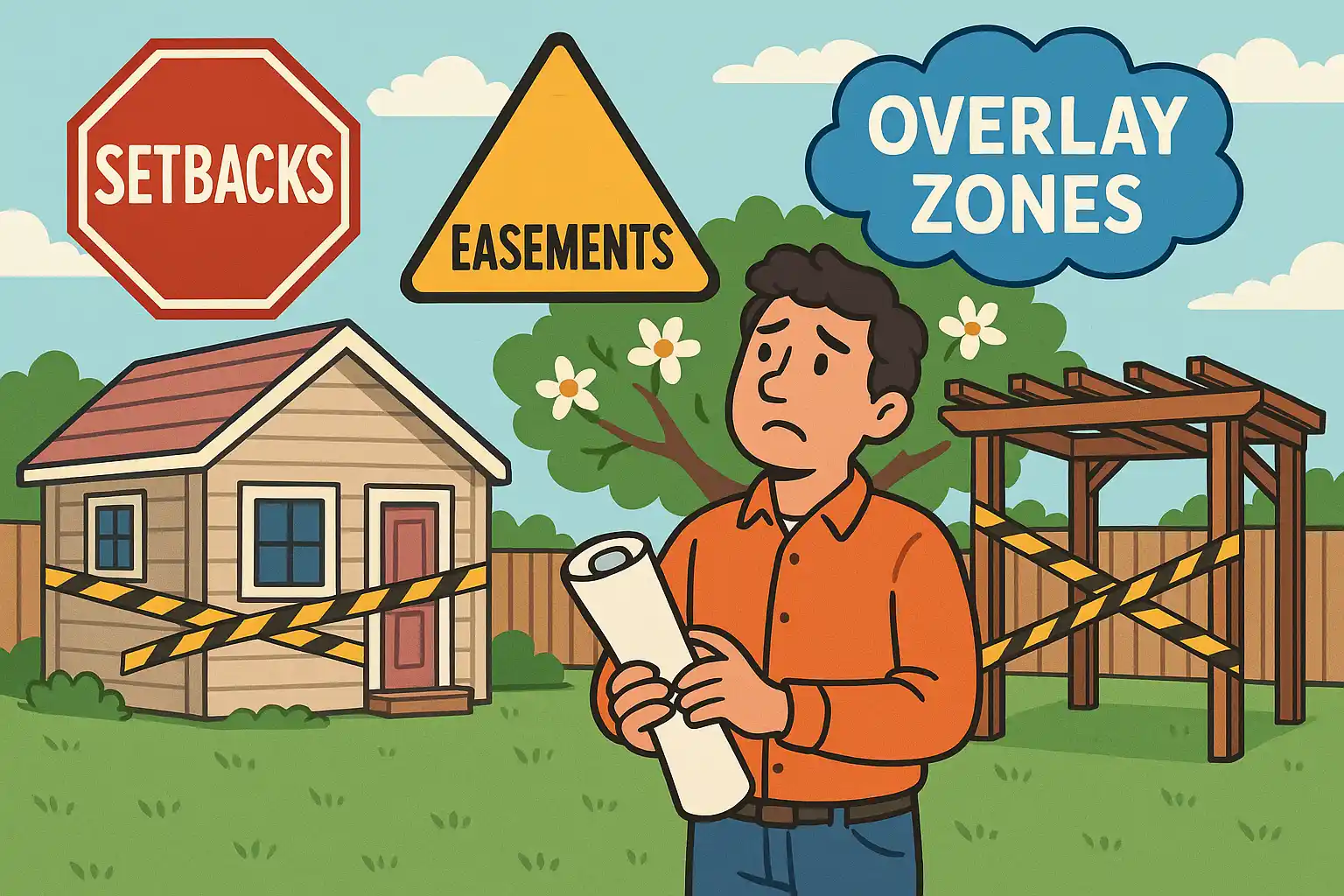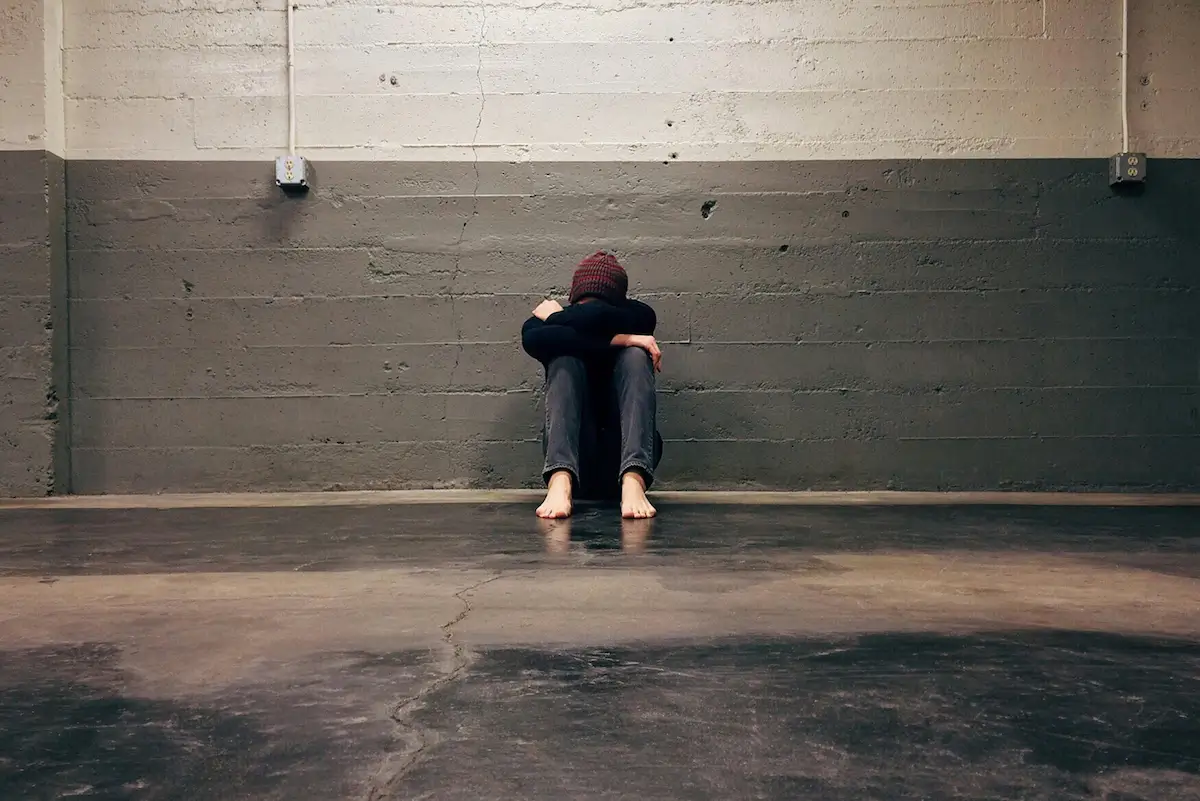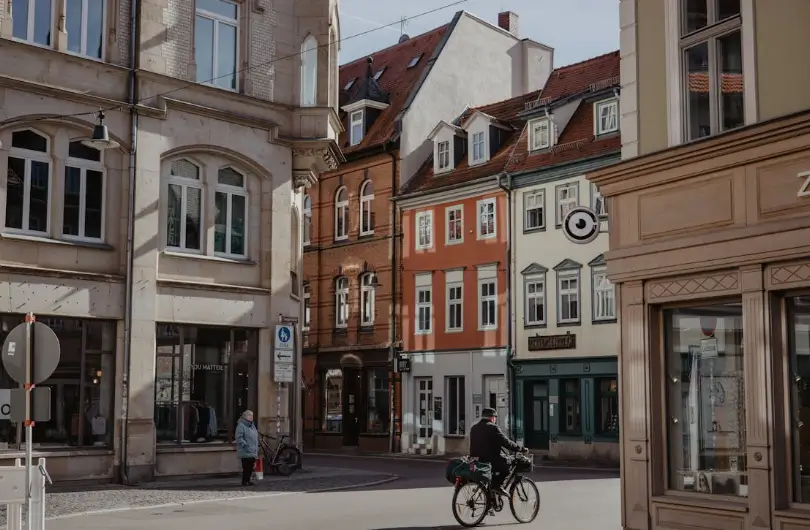Setbacks, Easements, and Overlays, Oh My!
Let me tell you a story.
You just bought your first home. It’s nothing fancy, but it’s yours. You’ve got a little backyard, a vision for a screened-in porch, maybe even a fire pit for when friends come over. You’re thinking: "This is where I settle in. This is where I build."
Then you try to pull a permit.
Suddenly, you’re told your plan violates a rear setback.
You think, "Okay… what’s that?"
So you look it up and fall headfirst into a tangle of legal-sounding words: setbacks, easements, overlays, zoning districts, land development codes, and somewhere in there, you forget what you were even trying to do.
Sound familiar?
This post has your name written all over it! Let’s break down three of the most frustrating, most misunderstood, and most hair-pullingly confusing pieces of planning: setbacks, easements, and overlay zones. Not just what they are, but why they matter...and why they make so many people want to shove a permit application into someone's...nose.
First: What Even Is a Setback?
Think of setbacks like invisible fences around your property. They tell you how far your house, deck, shed, or chicken coop needs to be from your property lines. It’s like your land has boundaries within the boundaries.
They exist to make sure buildings aren’t too close to streets, neighbors, or utilities.
Sounds reasonable, right?
But here’s the thing: they vary wildly. Front, rear, and side setbacks can all be different. They change depending on your zoning district. And sometimes, they’re so outdated they reflect suburban ideals from the 1950s more than how we actually live today.
So while you’re imagining sipping iced tea on your new back deck, the code is saying, "Sorry, your vision is 8 feet too dreamy."
Then: What Is an Easement?
Easements are like legal ghosts haunting parts of your property. You may own the land, but you can’t fully use it. That corner where you wanted to plant that beautiful magnolia tree? Nope. That strip where you planned a she shed? Sorry. A cute little pergola for your morning coffee spot? Denied. There’s an easement for drainage. Or utilities. Or access. Or even preservation! If you can think of any reason (no matter how small) not to be able to use your land...there's an easement for that.
And the best part? A lot of people don’t even know their property has one until they try to build.
Easements exist to give others the legal right to access or use part of your property for a specific reason. It could be a utility company, the city, or even a neighbor.
They’re important. But wow are they confusing.
Finally: What Is an Overlay?
Overlay zones are like extra layers of rules on top of your zoning. You’ve got your base zoning district (like residential or commercial), but then...BAM! The city adds another layer to regulate historic character, environmental protection, flood zones, or even aesthetics.
So your property might be zoned for single-family use and be inside a historic overlay. That means even if your zoning says one thing, the overlay might say, "Hold up. Not so fast."
Overlays aren’t always bad. Sometimes they protect things worth protecting... like that 1920s brick building downtown that everyone agrees is historically significant but also happens to be boarded up, full of pigeons, and somehow costs three times more to restore than to replace. But hey, it's historic! So enjoy that $85,000 quote for repairing original windows no one can actually see.
But seriously, overlays definitely complicate things. And they’re rarely explained in a way normal people can understand.
Why Does This Matter?
Because most people don’t have a planning degree.
They’re just trying to add a porch. Or build a fence. Or make their home a little more livable. And the rules, as important as they may be, can feel like a series of tiny invisible walls built specifically to trip them up.
The system is supposed to help us build better communities. But when it gets too complicated, obscure, or too hard to access, it starts doing the opposite.
So let’s talk about it.
Let’s unpack it.
Let’s make it make sense.
Because you shouldn’t need a law degree to figure out where to put your dang shed.
Follow ZOP for more content that makes planning human again.
and check out "What the Heck is an Overlay District" for a deeper dive.
%20(1200%20x%20237%20px)%20(300%20x%2059%20px).webp)


.webp)


